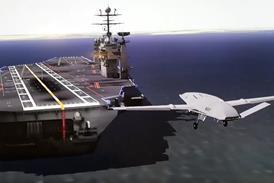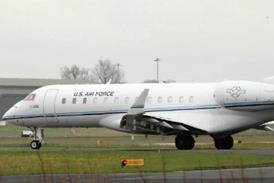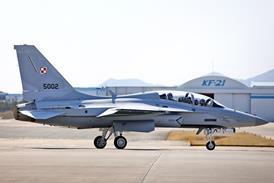In addition to disaster relief there are many uses for unmanned underwater vehicles (UUVs) that are making an impact on our world today.
“UUVs can assist in missions from disasters to environmental research, port security and more,” says Michael Toscano, president and CEO of the Association for Unmanned Vehicle Systems International. “Their ability to operate in depths and temperatures unsuitable for humans, for periods of time that are impossible for humans are opening up the possibilities for undersea research and security that has been unachievable until now.”
In mid-July, remotely operated vehicles (ROVs) installed a new 150,000-pound containment cap over the gushing Deepwater Horizon well, containing the oil spill. The ROVs had to remove the old cap, unbolt the cut-off riser pipe and bolt a new pipe in its place, an easy task for human hands, but a task only a robot could do in the 5,000-foot depths where the work took place.
ROVs have been used in deepwater industries for more than three decades, mostly for routine maintenance, construction and monitoring work, but have been a focus of attention in responding to the Deepwater Horizon disaster. According to BP, a total of nine ROVs are deployed for various purposes in addressing the spill in the Gulf including monitoring the well, supporting attempts to activate the blowout preventer and holding a wand to spray dispersant into oil at the seabed.
In addition to the ROVs deployed by BP several other organizations have deployed UUVs to aid in response to the oil spill including the Monterey Bay Aquarium Research Institute (MBARI), Mote Marine Laboratory, Coastal Ocean Institute at Woods Hole Oceanographic Institute and iRobot Corp. Their missions are not containment or repair operations but are scientific missions to help estimate the dispersion and environmental/biological impacts of the oil. These missions are intended to map underwater oil plumes and capture water samples where it is unsafe or impossible to put manned missions, and they are helping determine how to respond in the future.
MBARI’s Division of Marine Operations, under an agreement with the National Oceanic and Atmospheric Administration (NOAA), sent a high-tech robotic submersible to the Gulf of Mexico to collect information about the oil plume from the Deepwater Horizon drilling rig accident for NOAA. Although satellites and aircraft can help show the extent of the spill at the surface, MBARI's autonomous underwater vehicle (AUV) will help researchers understand the nature and extent of any plumes of oil that may be hidden beneath the surface of the ocean.
Source: FlightGlobal.com























